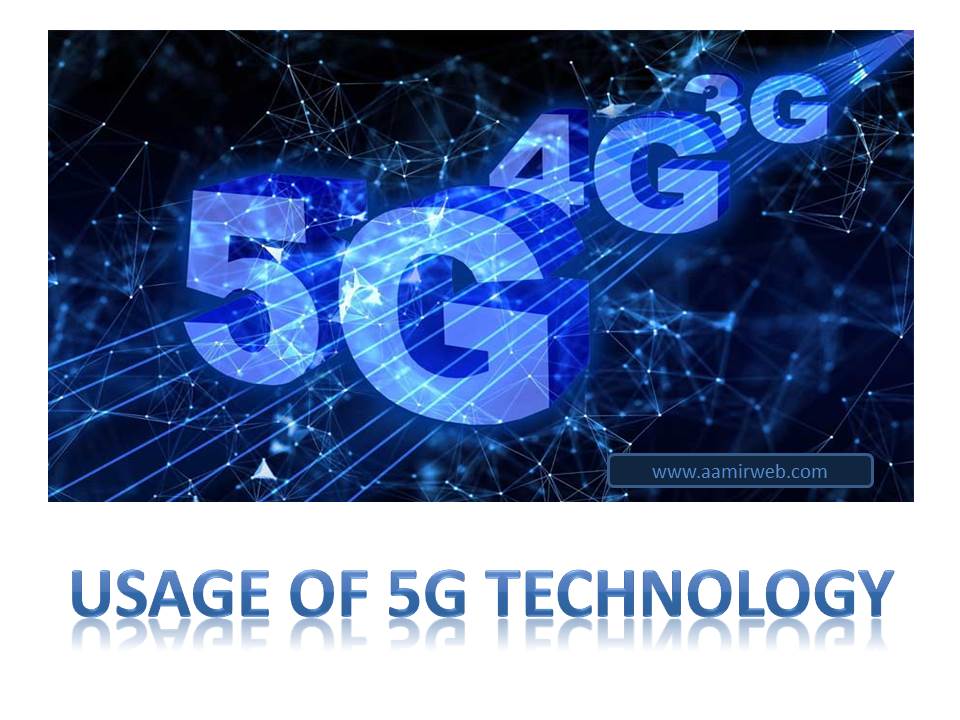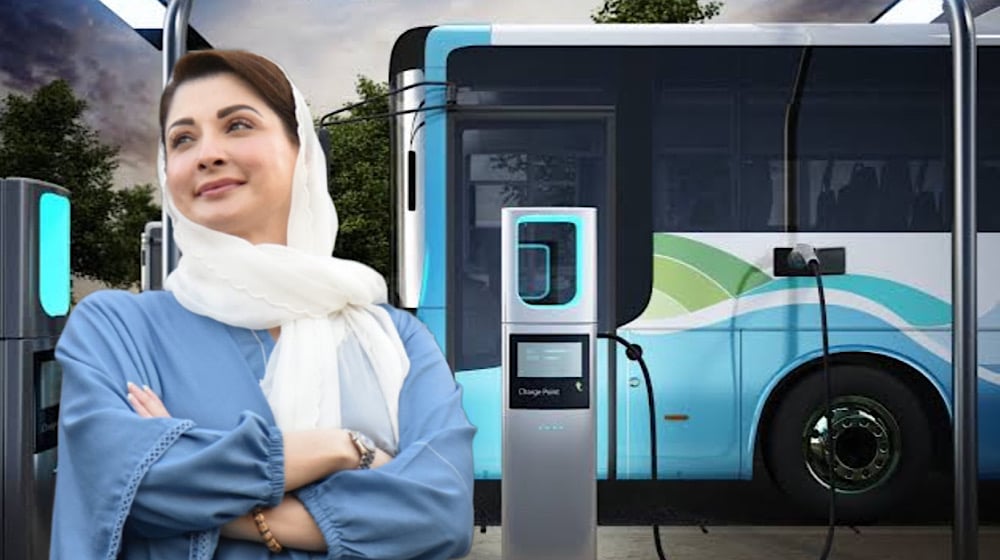5G technology, the fifth generation of wireless communication technology, represents a significant leap forward in terms of connectivity, data transfer speeds, and capabilities compared to its predecessors. It has the potential to revolutionize various industries and aspects of daily life.

“Supercharging Connectivity: How 5G Technology is Reshaping Industries and Lifestyles”
Here are some key aspects of the usage of 5G technology:
1. Faster Data Transfer Speeds: One of the most prominent features of 5G is its significantly faster data transfer speeds compared to 4G LTE. 5G networks can offer speeds of up to several gigabits per second, allowing for almost instantaneous downloads and uploads of large files, high-definition videos, and complex data.
2. Lower Latency: Latency refers to the delay between sending a command and receiving a response. 5G technology drastically reduces latency, making real-time applications such as online gaming, virtual reality (VR), augmented reality (AR), and remote control of machinery more feasible and responsive.
3. Enhanced Connectivity: 5G networks can accommodate a much larger number of devices connected simultaneously compared to previous generations. This is especially important in the context of the Internet of Things (IoT), where a multitude of devices—such as sensors, smart appliances, and industrial machinery—can communicate with each other and with central systems in real time.
4. IoT and Smart Cities: The increased capacity and low latency of 5G make it a crucial enabler for the growth of the IoT. This technology can support the development of smart cities, where interconnected devices and systems improve urban infrastructure, energy efficiency, transportation, and public services.
5. Remote Surgery and Healthcare: 5G’s low latency and high bandwidth can support remote surgery and telemedicine applications, where doctors can perform procedures on patients located miles away. This has the potential to increase access to healthcare in remote areas and improve emergency medical responses.
6. Autonomous Vehicles: The ultra-reliable and low-latency communication capabilities of 5G are crucial for enabling safe and efficient communication among autonomous vehicles. This technology can enhance vehicle-to-vehicle (V2V) and vehicle-to-infrastructure (V2I) communication, making self-driving cars safer and more reliable.
7. Industrial Automation: 5G technology can transform industries by enabling real-time monitoring and control of industrial processes. This can lead to more efficient manufacturing, predictive maintenance, and improved worker safety through the use of robotics, automation, and AI-driven analytics.
8. Entertainment and Media: With its high data speeds, 5G enhances the streaming experience for high-definition and 4K videos, as well as virtual and augmented reality content. This has implications for gaming, immersive media experiences, and remote collaboration.
9. Rural Connectivity: 5G technology has the potential to extend high-speed internet connectivity to rural and underserved areas, bridging the digital divide and enabling access to educational, healthcare, and economic opportunities.
10. Network Densification: To fully utilize the capabilities of 5G, cellular networks need to be densified with more small cells and antennas. This can lead to improved coverage and capacity, especially in densely populated urban areas.









